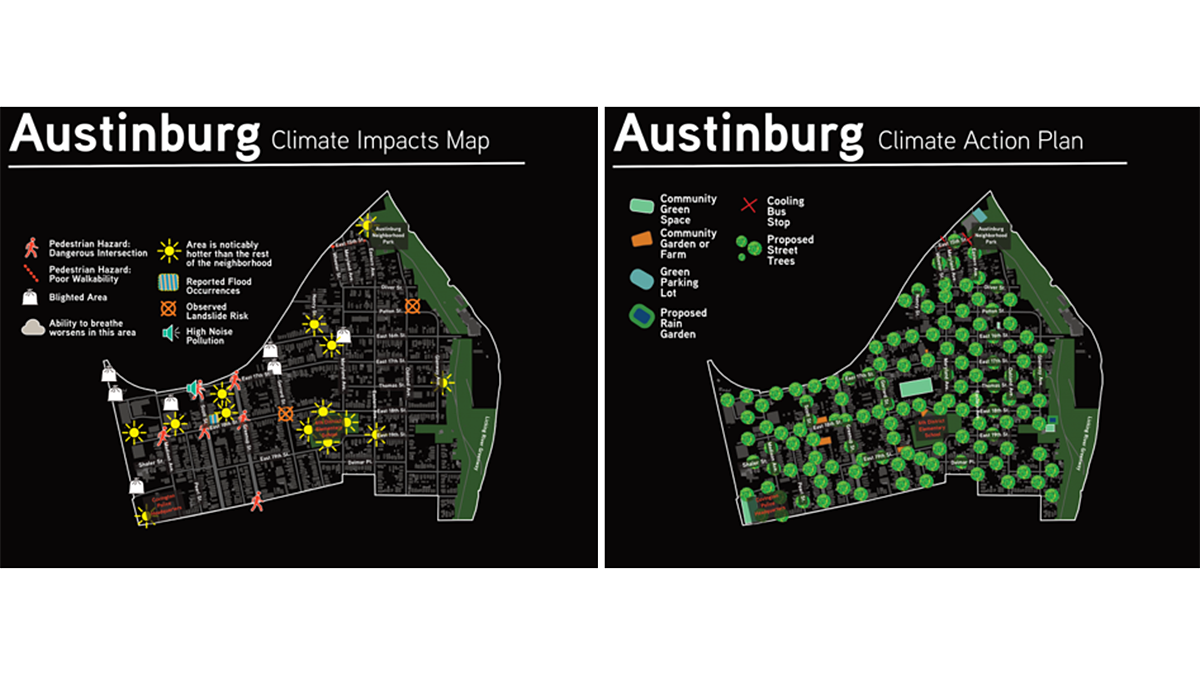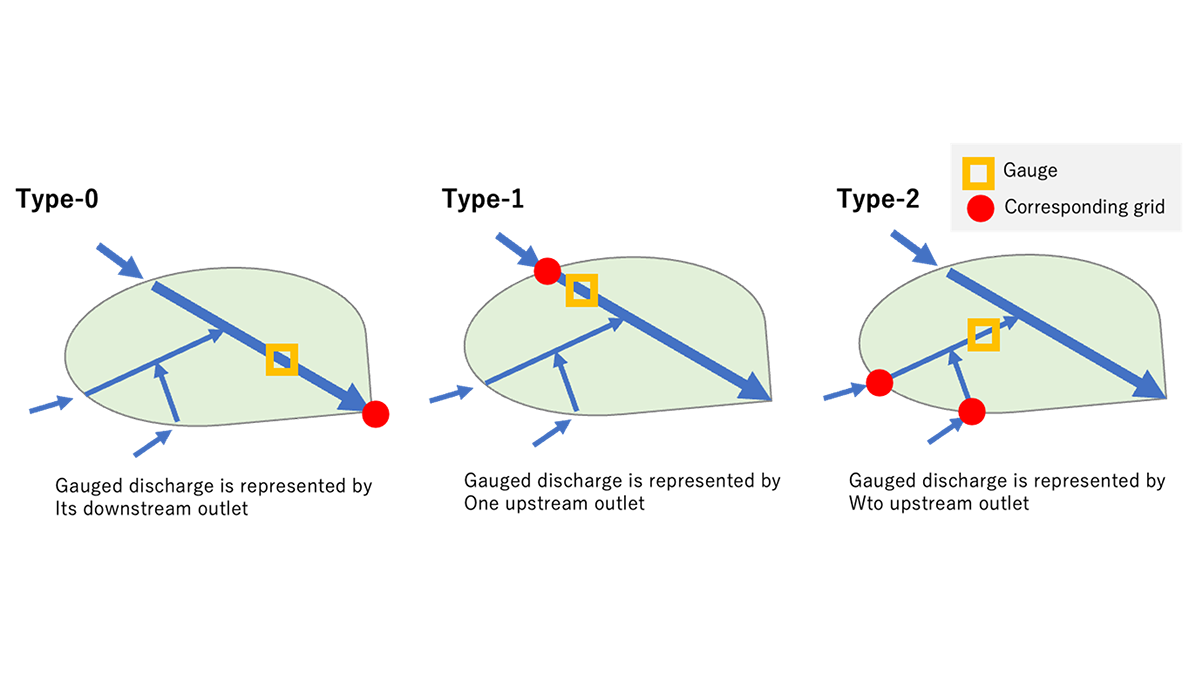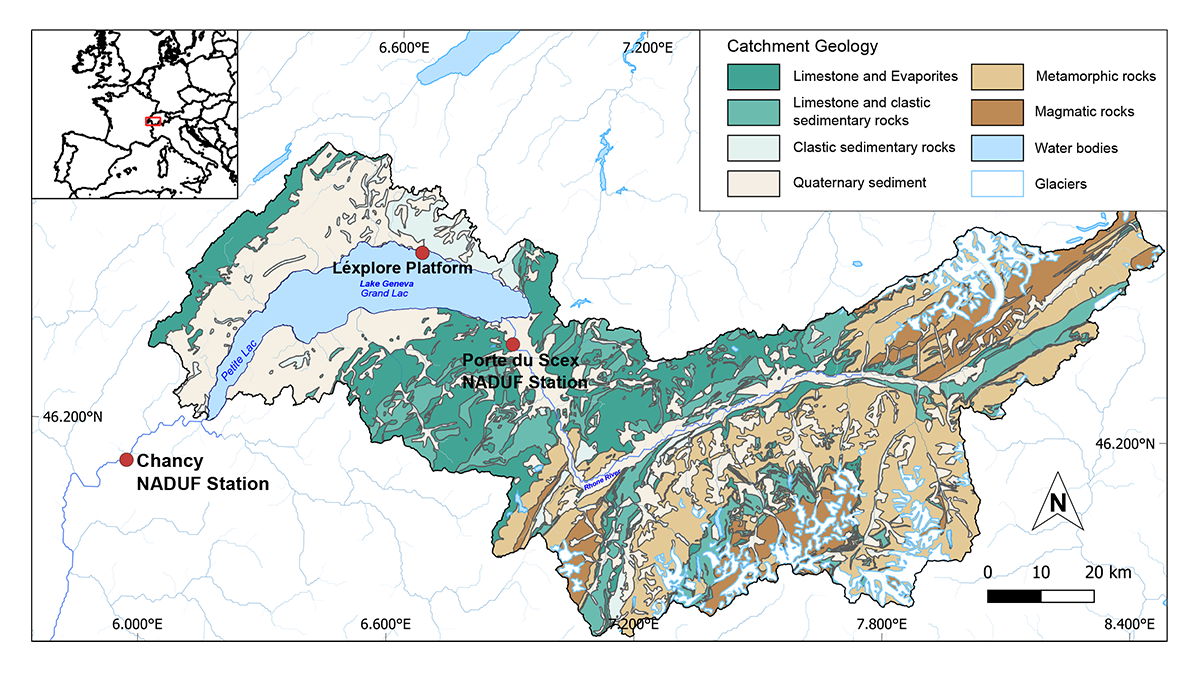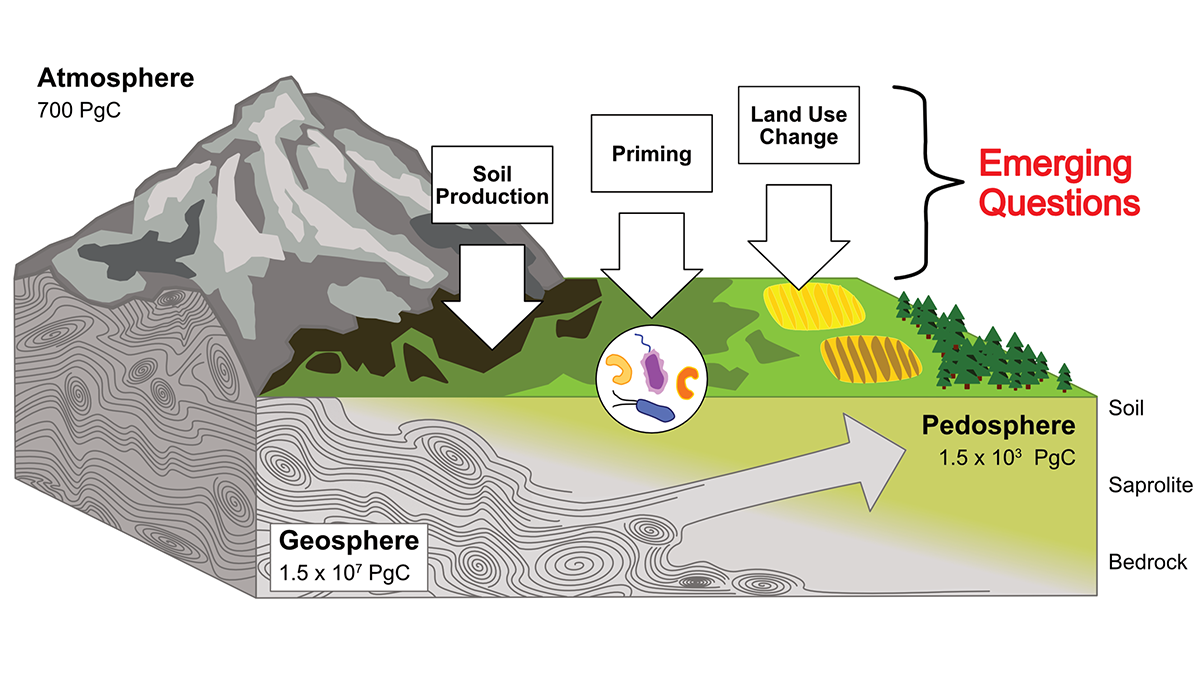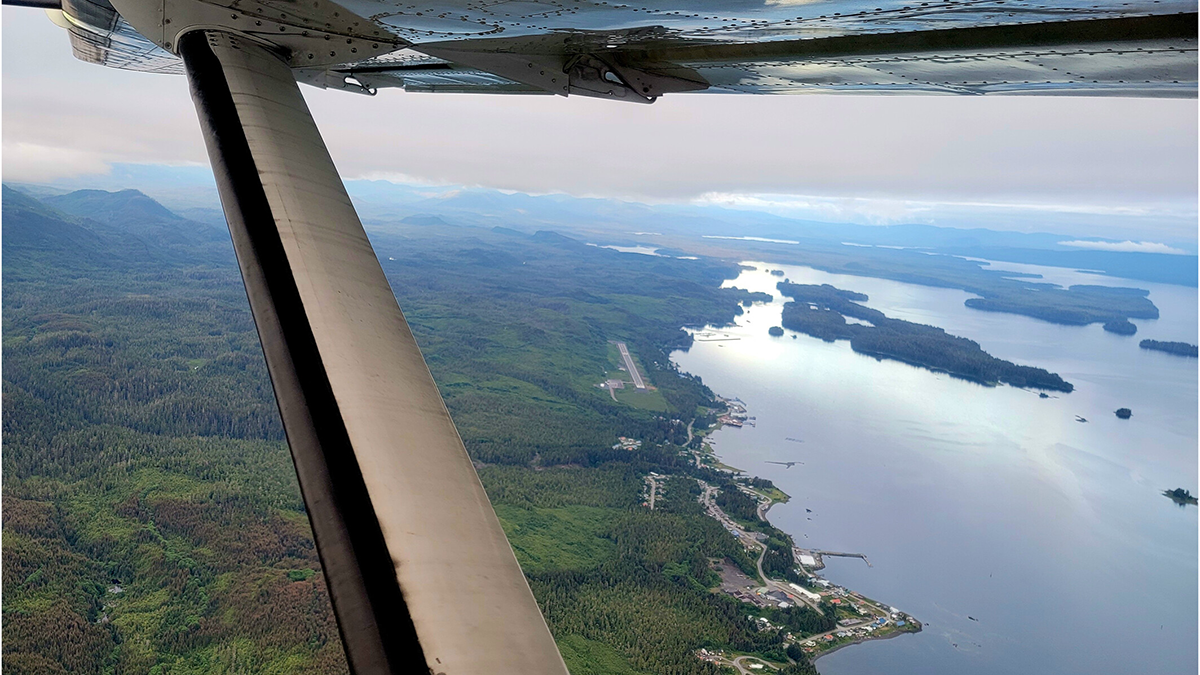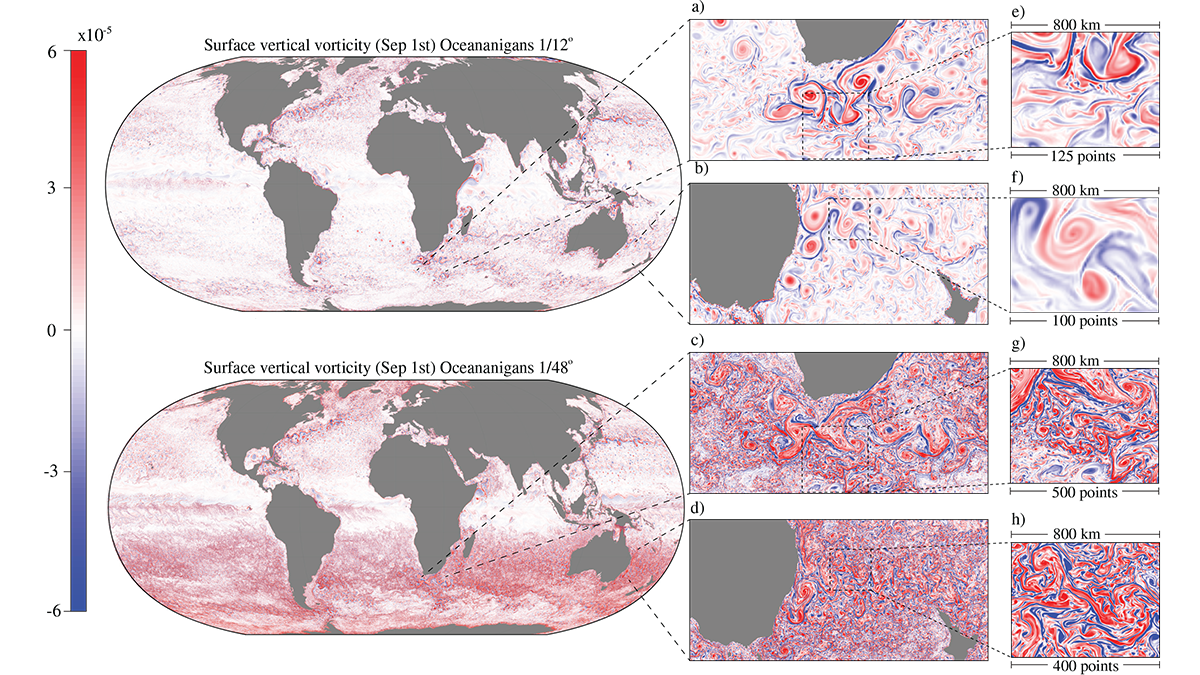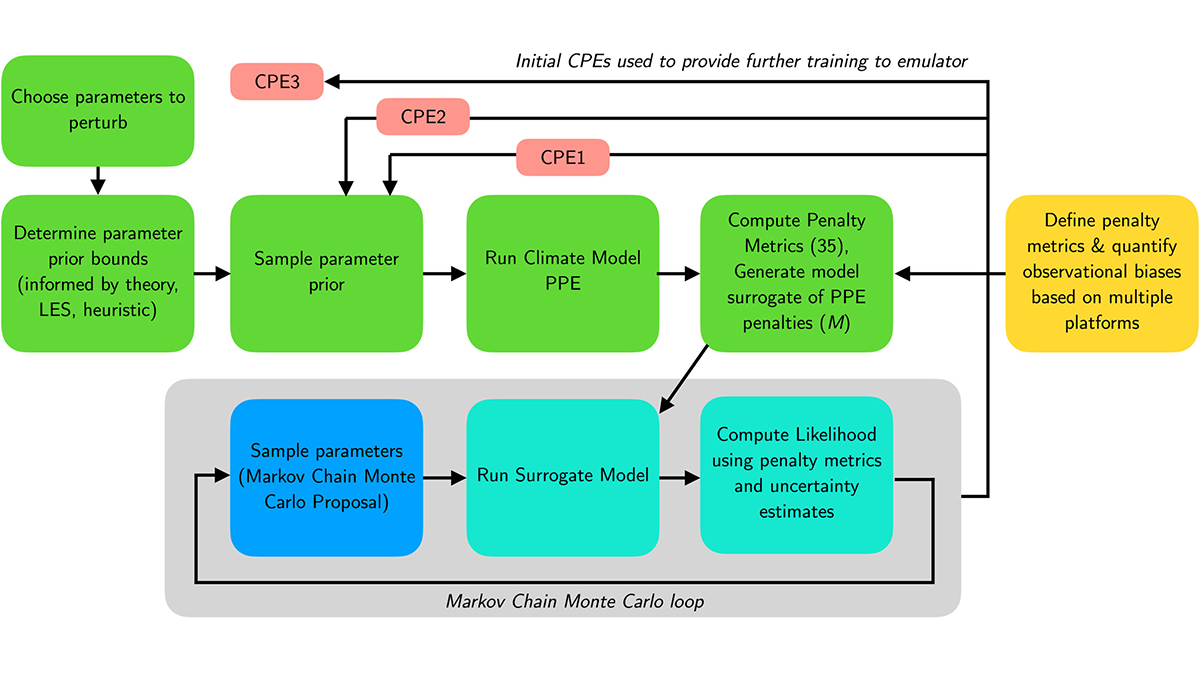It’s usually cooler under a forest than outside the forest, but that natural temperature buffering didn’t make global warming any less strong during the last 45 years in an old-growth forest of Oregon.
Editors’ Highlights
Resilient Solutions Involve Input and Data from the Community
Data dashboards assist in understanding a community’s vulnerability to climate impacts, but input from the communities themselves helps identify and support actionable solutions.
Beyond Up and Down: How Arctic Ponds Stir Sideways
Contrary to common assumptions, Arctic ponds mix in more than one direction. A new study finds that nighttime sideways flows, not vertical mixing, renew bottom waters.
First Benchmarking System of Global Hydrological Models
A benchmarking framework for global hydrological models, essential for Earth System Model evaluations, has finally been proposed.
Organic Radiocarbon Reveals its Inorganic Ancestry in Lake Geneva
Organic and inorganic radiocarbon ages resolve the origin and dynamics of carbon in the largest natural lake of Western Europe.
Rock Organic Carbon in Soils: Recycled or Just Passing Through
It’s often assumed that all soil organic carbon ultimately derives from recent vegetation, but researchers argue that carbon inherited from parent rocks can be important and deserves more focus.
Work with Indigenous Communities Advances Community Science
Drawing from climate co-production work with the community of Kake in Alaska, two new studies offer insights for doing community science—especially, but not only, with Indigenous communities.
A Leap Toward Next-Generation Ocean Models
GPU-optimized ocean modeling achieves decade-long simulations in a day, enabling mesoscale-resolving climate simulations that open new opportunities for long-term planning in a changing climate.
Atomic-Scale Insights into Supercritical Silicate Fluids
Water-induced depolymerization enhances fluid mobility in deep Earth, offering new insights into magma transport and isotope signatures in arc lavas.
Calibrating Climate Models with Machine Learning
Using machine learning, researchers automatically calibrate a comprehensive climate model, improving simulations of difficult features and taking steps toward more reliable climate projections.


